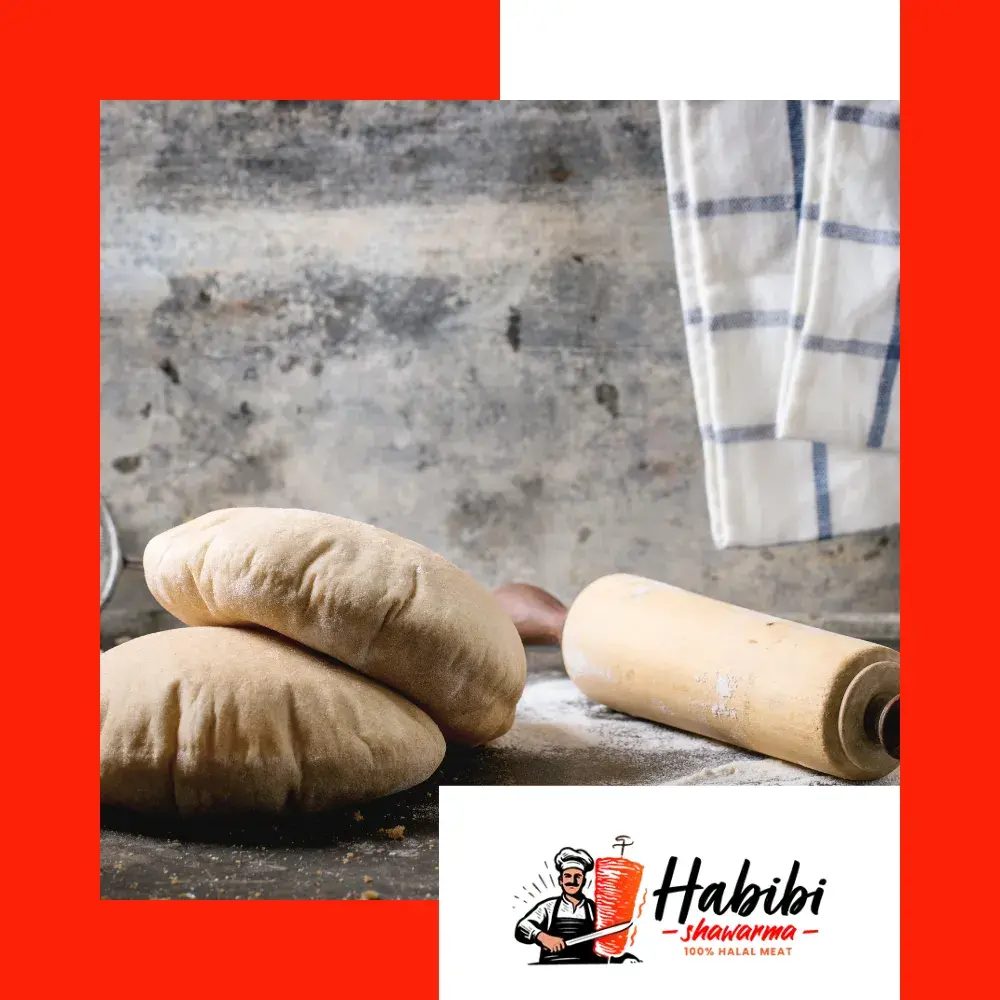Pita bread, a beloved staple across many cultures, has evolved significantly from its traditional origins to the modern variations we enjoy today. Understanding the differences between traditional and contemporary recipes and techniques can enhance our appreciation for this versatile bread.
Traditional Pita Bread Recipes
The traditional recipe for pita bread dates back to ancient times, originating in the Middle East. Made from simple ingredients such as flour, water, salt, and natural yeast, this ancient bread was baked in clay ovens or on open flames. The dough was left to rise naturally, giving it a distinct flavor and texture.
Authentic Techniques
Traditional techniques involved hand-kneading the dough and allowing it to rest and ferment for several hours. This process developed the dough’s gluten and enhanced its flavor. The bread was then baked at high temperatures, causing it to puff up and form the characteristic pocket.
Modern Pita Bread Recipes
Modern pita bread recipes often incorporate more refined ingredients and advanced baking techniques. Commercially produced pita may include additives and preservatives to extend shelf life and ensure consistent results. Modern recipes might use instant yeast for quicker rise times and precise measurements to achieve uniformity.
Contemporary Baking Methods
Today’s techniques often involve using stand mixers for kneading, which saves time and effort. Modern ovens provide controlled, high-temperature environments that replicate traditional baking conditions. These advancements allow for more consistent results and faster production times, making pita bread more accessible to home bakers and commercial producers alike.
Flavor and Texture Differences
The differences in recipes and techniques between traditional and modern pita bread result in noticeable variations in flavor and texture. Traditional pita bread, with its longer fermentation process, tends to have a deeper, more complex flavor and a chewier texture. In contrast, modern pita bread often has a milder taste and a softer, more uniform texture.
Health Considerations
Traditional pita bread, made with minimal ingredients and without preservatives, is often seen as a healthier option. Modern variations can be made healthier by using whole grain flours and avoiding unnecessary additives. Both versions can be part of a balanced diet, especially when paired with nutritious fillings like vegetables, lean meats, and legumes.
Innovative Pita Bread Creations
In recent years, bakers and chefs have experimented with innovative pita bread creations. Gluten-free and whole wheat versions cater to dietary needs and preferences. Flavored pita, infused with herbs, spices, or garlic, add exciting new dimensions to this classic bread.
Creative Uses in Cuisine
Pita bread’s adaptability extends to its use in various cuisines. Beyond traditional Middle Eastern dishes, it serves as a base for pizzas, a wrapper for sandwiches, and even as a crunchy alternative when baked into chips. These creative uses showcase pita bread’s enduring versatility.
Closing Reflections
Whether you prefer the time-honored methods of making traditional pita bread or the convenience of modern techniques, both versions offer unique experiences and flavors. Exploring these recipes and techniques enriches our culinary repertoire and deepens our appreciation for this ancient, yet ever-evolving, bread.
Learn More
How Pita Bread Became a Global Culinary Staple: A Journey Through Time

